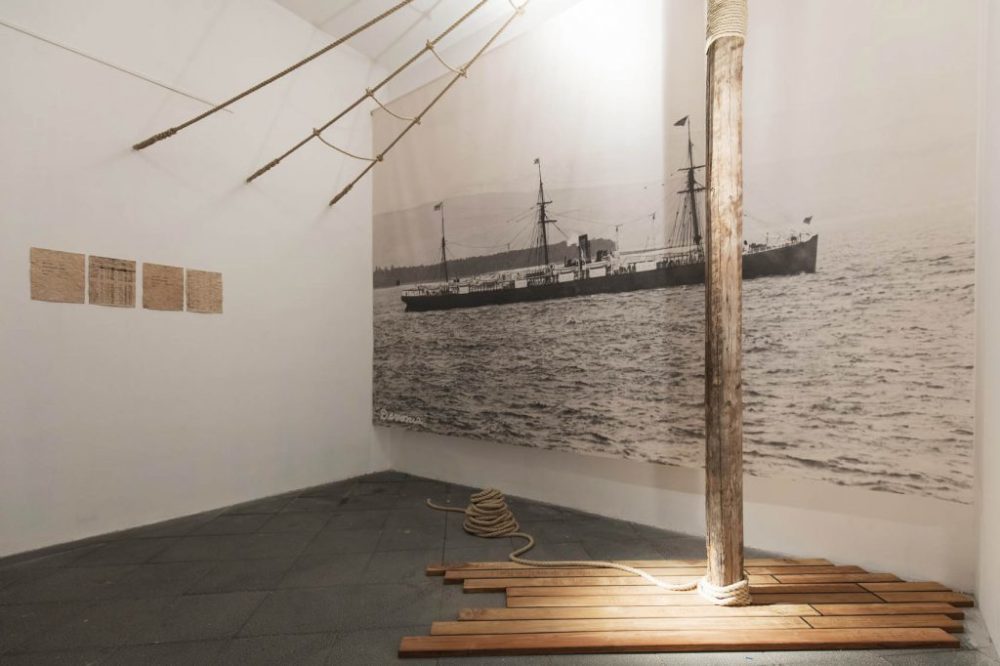By shying away from modern materials and complex forms, the work of Gregorio Botta (Naples, 1953) displays a radically essential character which is expressed through a minimal composition of material and immaterial elements (wax, fire, water, glass, lead, together with light, transparency, time, words), as well as the use of elementary and stylised forms (a circle, a small house, a bowl) which draw on an ancient cultural universe that is anthropologically ingrained. Botta creates suspended, rarefied, vibrant structures used to underline the fragility of existential feeling and the image presented as a fragment, a lyrical, evanescent, elusive vision (which gradually surfaces).
His works are full of memories, investigations and inquiries into origins. They exist in a space that feeds off a void, absolute time and emotional vision. “His works require temporal dilation. They require careful, prolonged gazes and do not need to be consumed in a hurry. They almost deny their presence as images because these are associated with the idea of rapid consumption, something that forces them to become part of a world to be leafed through, to be passed through rapidly”, as Lea Mattarella has written.
After his studies with Toti Scialoja at the Academy of Fine Arts in Rome, Botta undertook an inquiry into encaustic work which initially led him to the use of wax, a material whose strong symbolic power he explores: like the skin of the body, wax, as a living “sincere” material, preserves the memory of signs which, if grooved, are transformed into wounds, scars, traces of one’s own existence. Other materials appears in the artist’s work and are used to express the fleeting nature of existence: the glow of the fire with its imprint on the glass (soot), water with its reflections and flow, the word and the writing that emerge as a watermark: from the poems of Emily Dickinson (Macro, Rome, 2012) to the verses of John Keats – Here lies One Whose Name was writ in Water – in which the poet declares the condition of loss to which mankind is destined (Palazzo Te, Mantua, 2014). Botta has taken part in the Quadriennale on two occasions (Rome, 1996; Naples, 2003), and his works in Naples are on display in the Piazza Vanvitelli station of the Naples Underground and at the Padula Charterhouse.
In his most recent work the artist has added small projections: “the natural development of my obsession with time, and therefore with movement, from which fire and the flow of water derive”, states the artist. The projection, in the sense of the flow of images and thus of memory, takes the form of writing or a drawing which appears as it is composed.
This is what happens in the work Non mi prenderai (“You Won’t Catch Me”, 2017), in the Madre collection in the context of Per_forming a collection project, in which there is a glimpse, beneath the waxed linen, a trace of water that follows a circle drawn on glass. “However, the circle designed by light is not as perfect as the entirely mental circle on the glass: it is a little grimier, mediated by the physical body of waxed canvas, almost a shroud. And it is a circle that is pursued but which never manages to be closed or to be completed in a finite form. It dreams of being a hortus conclusus, but remains open to the breath of life, condemned to the exquisite exercise of aspiring to perfection without ever attaining it”.
[Olga Scotto di Vettimo]




